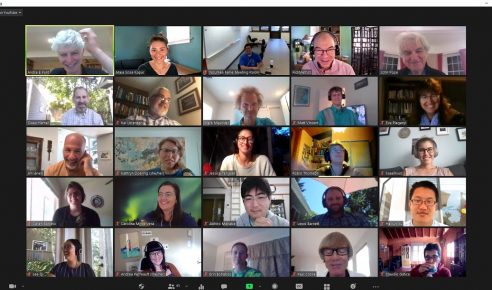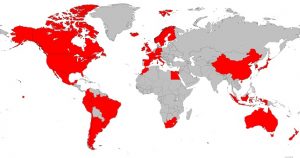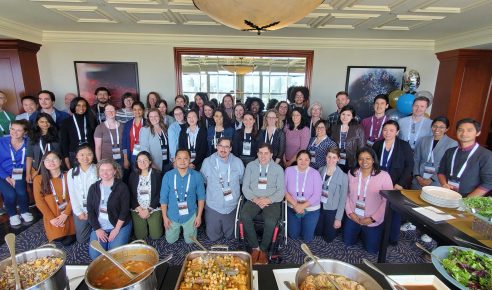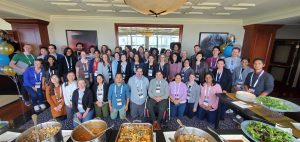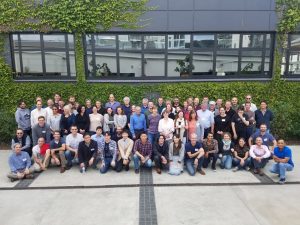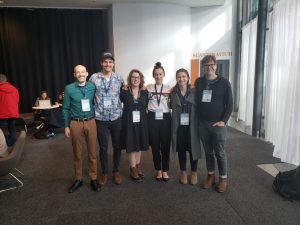Current grad student Grant Adams, along with collaborators from the National Scientific and Technical Research Council (Consejo Nacional de Investigaciones Científicas y Técnicas), released a new paper in Scientific Reports. Led by Alejandra Romero, they assessed, for the first time, the population dynamics of the southern right whales from the southwestern Atlantic Ocean at the regional level to estimate the effect of whaling and the population trend and recovery level after depletion. We reconstructed the catch history of whaling for the period 1670–1973 by an extensive review of different literature sources and developed a Bayesian state-space model to estimate the demographic parameters. The population trajectory indicated that the pre-exploitation abundance was close to 58,000 individuals (median = 58,212; 95% CI = 33,329–100,920) and the current median population abundance was estimated at 4,742 whales (95% CI = 3,853–6,013), suggesting that the SRW population remains small relative to its pre-exploitation abundance (median depletion P2021 8.7%).
Citation:
Romero, M.A., Coscarella, M.A., Adams, G.D. et al. Historical reconstruction of the population dynamics of southern right whales in the southwestern Atlantic Ocean. Sci Rep 12, 3324 (2022). https://doi.org/10.1038/
